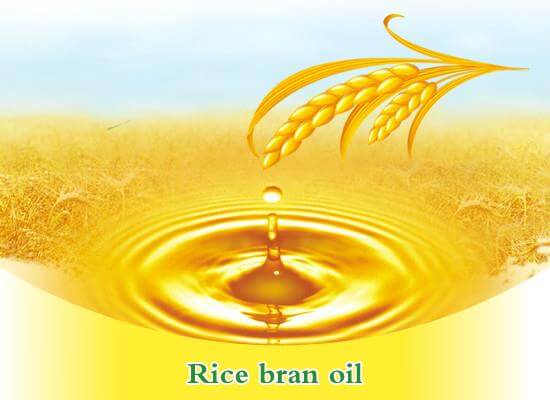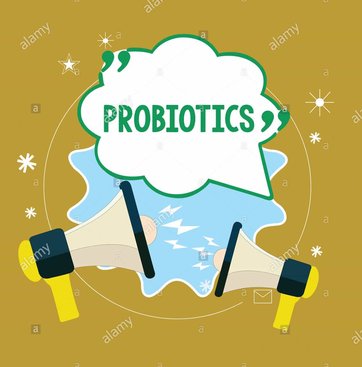
OXYTOCIN:
Table of Contents
Oxytocin (known as the love hormone) is a hormone released from an anterior pituitary gland in animals as well as human beings. It is known as peptide or neuropeptide hormones. It is primarily produced in the hypothalamus and transported through the axon (the long thread-like structural part of a nerve cell along which impulses are conducted from the cell body to other cells) to pituitary glands. From pituitary glands, it secretes into the blood. Oxytocin increases the uterine contractions during labor, thus help in childbirth. It also milk let down as it causes a decrease of muscle cells. There is also evidence that some of the oxytocin-containing neurons help in protecting other areas of a nervous system. Pitocin is an alternative name of oxytocin which is sometimes also called a cuddle hormone because it acts in the central nervous system on the neurons and develops an emotional bonding between human beings. Once it comes in the bloodstream of our body, it stays there for only 3 to 5 minutes after that it is consumed or metabolized in the body.
Terms to understand the biosynthesis of oxytocin:
Peptides:
The peptide is a short amino acid monomers chain connected with peptides bond.
Precursor protein:
The precursor protein is inactive and converts into an active form when it breaks into smaller molecules or attaches with other molecules. It is also known as pro-proteins or propeptides.
Neurophysin I:
It is a carrier protein containing 90 to 97 amino acids. It functions as a carrier protein to oxytocin.
Peptidylglycine alpha-amidating monooxygenase(PAM):
It is an enzyme that is required for the biosynthesis of many carrier proteins. This transformation occurs by conversion of a prohormone to the corresponding amide (C(O)NH2).
Biosynthesis of oxytocin:
Oxytocin generates as a precursor peptides from the OXT gene present in the body. Precursor peptides also include the oxytocin carrier protein neurophysin 1. This inactive precursor protein is then actively hydrolyzed into smaller fragments by a series of enzymes. The last hydrolysis which releases the active oxytocin nonapeptide is catalyzed by peptidylglycine alpha-amidating monooxygenase (PAM). But this activity of PAM enzymes is dependent on the concentration of vitamin C. Many of the tissues which have PAM enzymes also stores in high concentrated vitamin C. This biosynthesis is for human, but oxytocin production in animals is same as a human.
Oxytocin benefits for human:
- It is known to be a love or cuddle hormones creates the feeling of love, emotions, and sexual affection. Usually, females releases more amount of oxytocin compares to males. That’s why females get strongly emotionally bonded with men compared to men. It doesn’t mean women attract quickly; its only means is that they draw more strength than a man.
- It helps in breastfeeding as helping let down of milk. As the baby continues to breastfeed, more oxytocin is released, and your breast milk continues to flow out of your breasts and to your baby.
- Some of the oxytocin-containing neurons help in protecting other areas of a nervous system.
- It affects both psychological and social behavior of a human.
- It creates a bond between the parent with the child.
- According to research, it also helps a person with anxiety to fight against it.
- Sold as a pitocin in the market which is sometimes given at the time of delivery to help in labor, and it also reduces bleeding after childbirth. But if too much oxytocin is given, then it may cause fracture of the uterus.
- It can be used medically to complete a miscarriage.
- Oxytocin is useful in the treatment of social phobia and autism.
- Oxytocin may help in anger management.
- Oxytocin appears to increase the release of prostaglandin E2 (PGE2) in the cell lining the intestine. It helps to encourage the repair of intestinal injury.
Oxytocin benefits for Animals:
- It creates a bond between a mother and its child.
- Oxytocin injections to milking cattle for milk letdown have become a common practice amongst dairy farmers. It helps in the contraction of milk grand, which supports let down of milk in dairy animals.
- It increases milk yield of the dairy cow.
- It is giving to calving animals who show difficulty giving births. It also calms down the animals if it shows stress.
Side effects on animals:-
- The use of oxytocin in animals in unethical because the application for milk let down is painful to animals as the action of the hormone causes the uterus of the cattle to contract, causing immense pain. Many of the word big dairy countries banned its use for the treatment of various problems.
- Not only this drug makes cows barren sooner but also lowers the life of the animal, thus creating an economic loss to the owner in the long run.
- The frequent use of oxytocin in animals also causes decreased birth rate, produces repeat breeding, weaker uterus, low quality of milk production, and animals culled earlier.
- Medical experts have pointed out that use of the sustained use of the drug can cause hormonal imbalance in animals and harms the reproductive system of animals, reducing their lifespan.
- Oxytocin use for milk let down also increases the probability of mastitis because of the continuous use of oxytocin cause harms the milk synthesizing cells.
- It may hamper the growth of uterus at the time of pregnancy, which leads to repeat breeding problem.
Side effects on Human:-
There are many side effects on humans due to the consumption of milk obtained from animals subjected to its injections.
- Use of the drug can cause hormone imbalance in humans, especially central nervous system hormones. Due to hormonal imbalances created by drinking of milk of cow subjected to oxytocin injection, the age at which girls attain maturity has come down drastically from 16 years of age to 10 years of age.
- Boys have been diagnosed with breast enlargement.
- Children are most affected by this milk because it causes weak eyesight and lesser hearing power.
- Pregnant women are advised not to drink the milk of that cow which is subjected to oxytocin injection because the use of such milk by the pregnant women may lead to abortion and babies may bear with deformities and low resistance levels.
- Use of such dairy also increases the risk of bleeding in mothers after birth. Individual women may be highly hypersensitive to its injection, and it prevents breastfeeding.
- It affects the growth of hormones, especially in females because of which minor girls attain early puberty. This early maturity harms its other organic growth, which is necessary for his excellent health.
- After it is injected into the cow, and the milk produced is consumed immediately by pregnant women, then there is the likelihood of abortion, but if milk is adequately boiled before use, then this can be avoided.
Oxytocin herbal supplements:
- It can be herbally prepared from the extract and at least one bioactive fraction or powder from herbs such as Asparagus, Gossypium, Foeniculum, Lepidium, Chlorophytum, Ipomoea, Withania, Leptadenia and optionally dicalcium phosphate, Wheatgrass, chelated minerals and mineral mixture (1). These herbs increase the natural production of it in the body. If we add OSHA roots in the above extract mixture, then it will be hugely beneficial for us.
- Scientific researches show that vitamin C & D directly control the production of oxytocin. Naturally, Sun rays are a good source of Vitamin C & D. But most of the animals and us aren’t able to get a proper amount of vitamin C & D from the sun, so it is always advisable to take vitamin C & D supplements.




More Stories
All you need to know about rice bran oil
12 medically proven health benefits of Berberis vulgaris
Ylang Ylang essential oil: Benefits, Uses, & Side Effects